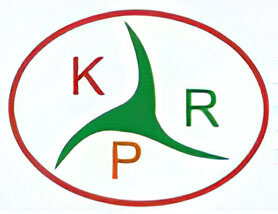PNEUMATIC COMPONENT
Pneumatic systems use multiple components for general system control, and specifically to control airflow and material movements. Pneumatic equipment depends on compressed air, often in small amounts to power small devices, to carry and maintain air production on a consistent basis.
These systems typically function as follows:
- An air compressor harnesses external air and compresses it, lowering its volume.
- The compressed air passes into the system’s tubing through a filter for air preparation.
- Valves ensure that the air traveling within the tubing goes in the right direction by managing the airflow.
- Orifices help control the compressed air’s flow rate.
- The compressed air generates motion once it arrives at the system actuator.
Types of Pneumatic System Components
Pneumatic systems rely on a variety of components to facilitate efficient movement and control, including:
- Filters Air travels through filters into pneumatic tubing, catching debris, such as dust and particles, before the air continues on in the system.
- Regulators.Attached to the compressor, these components adjust the pressure of air within pneumatic systems.
- Pneumatic fittings. Fittings connect the parts of a pneumatic system and offer control within that system, securely joining valves and preventing airflow leaks.
- Tubing. Acting as connecting components, pneumatic tubing and hose systems channel pressurized air from tanks to valves, actuators, and other parts.
- Pneumatic valves. These valves help control and direct airflow, enabling the efficient operation of pneumatic devices.
- Check Valve. These valves are used to prevent backflow in a system. Check valves can also be used in a relieving function with an appropriate cracking pressure.
- Orifices. Systems rely on orifices to restrict and control the flow rate of compressed air and adjust system pressure, all at a predictable rate.
- Pneumatic cylinders. These are mechanical actuator components that create force using compressed air in a pneumatic system. Upon actuation, compressed air enters one end of the cylinder through a tube and applies force to an internal piston. In turn, the piston moves and generates linear or rotary motion.

